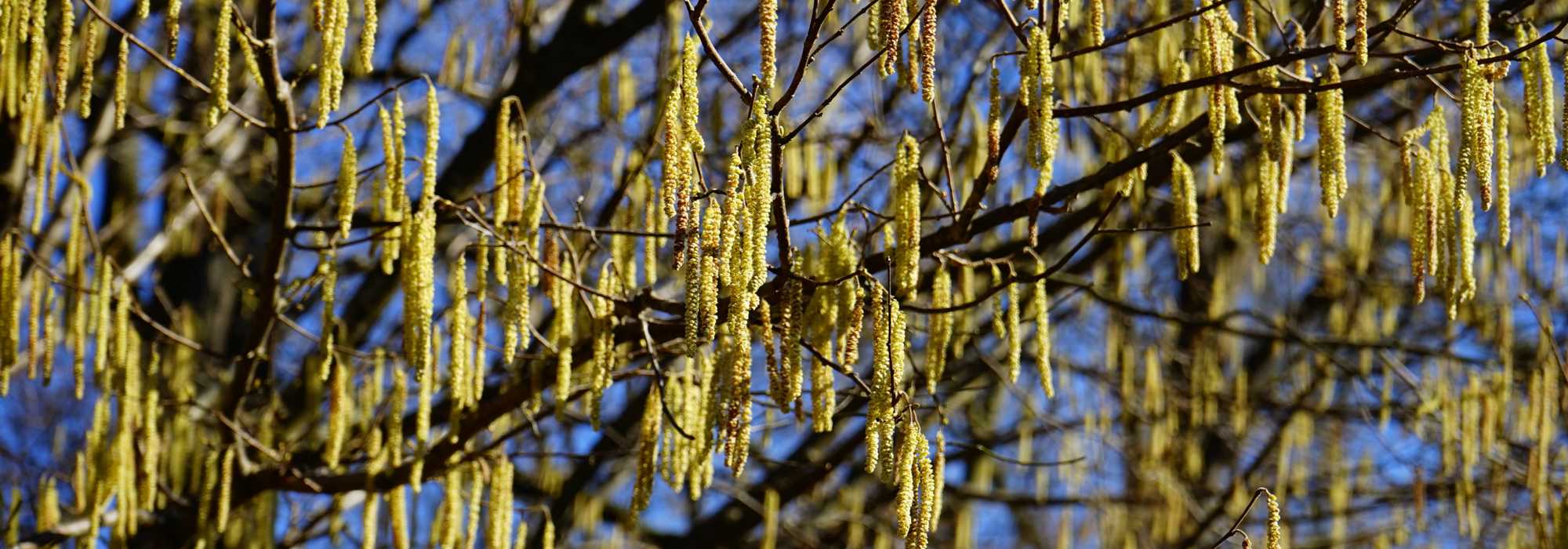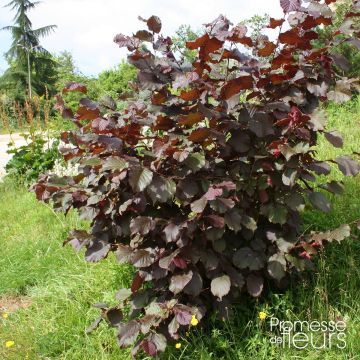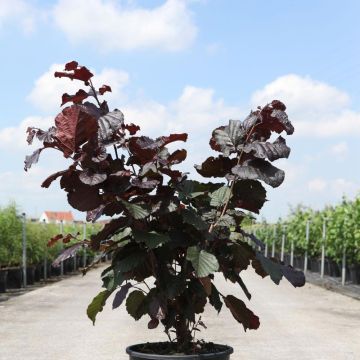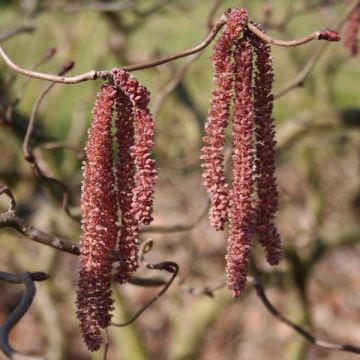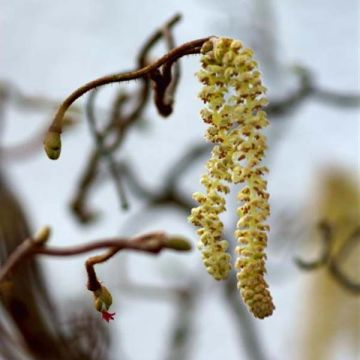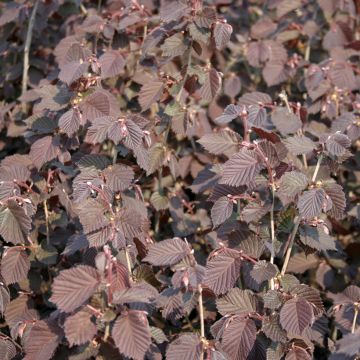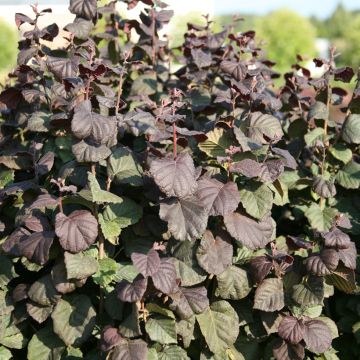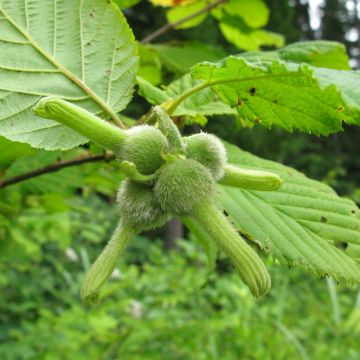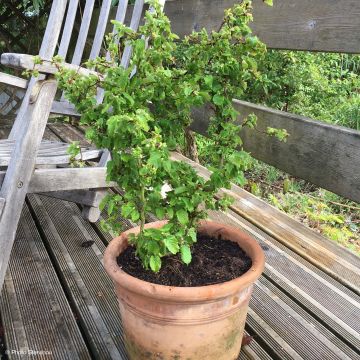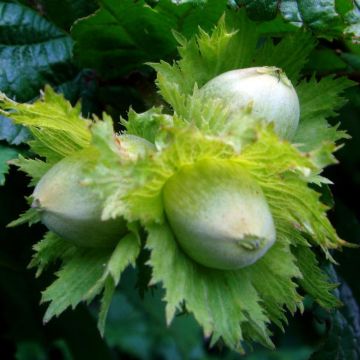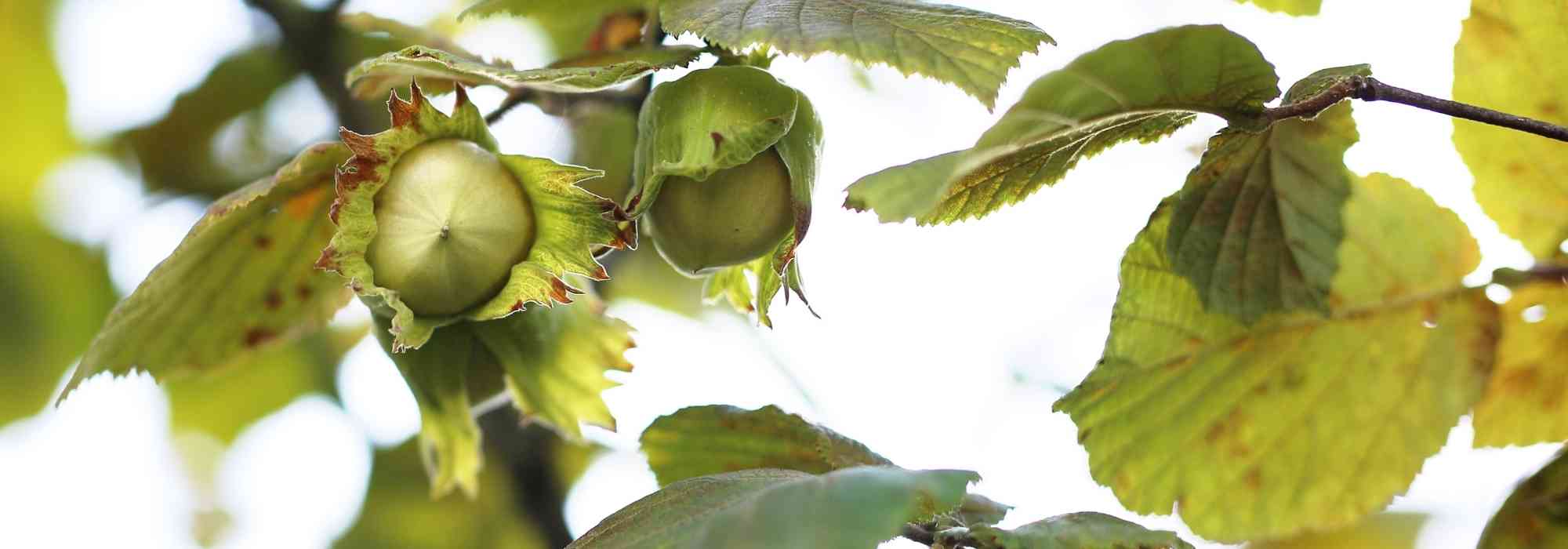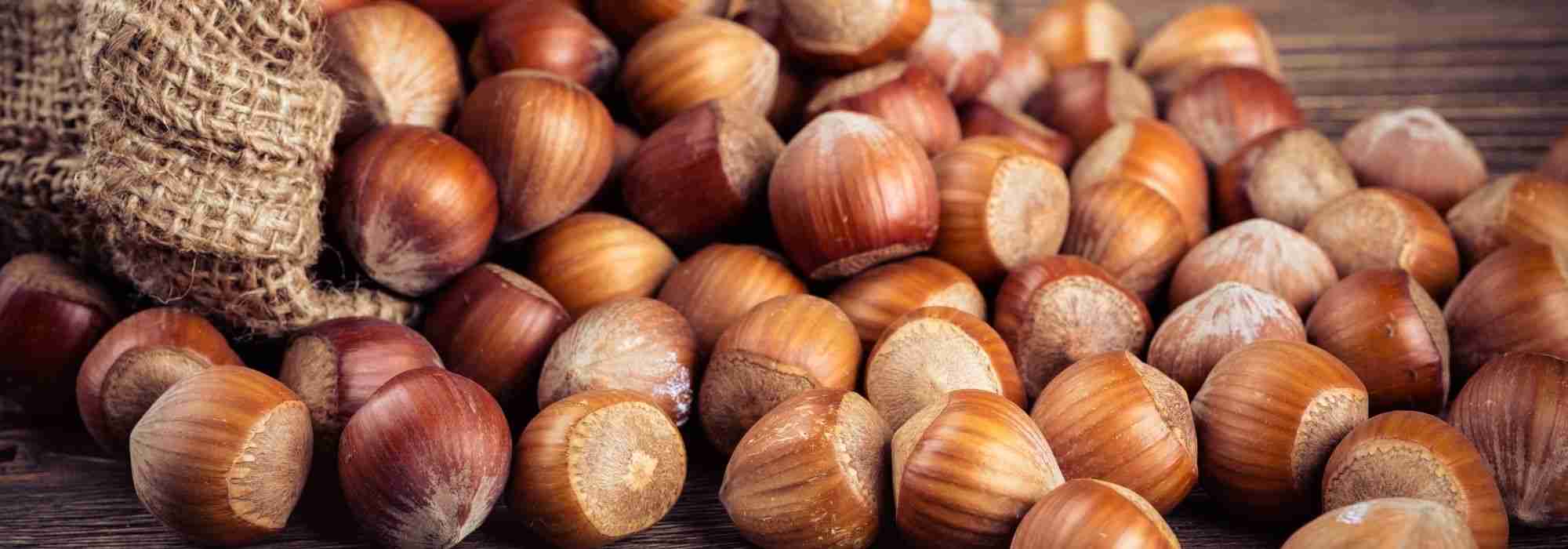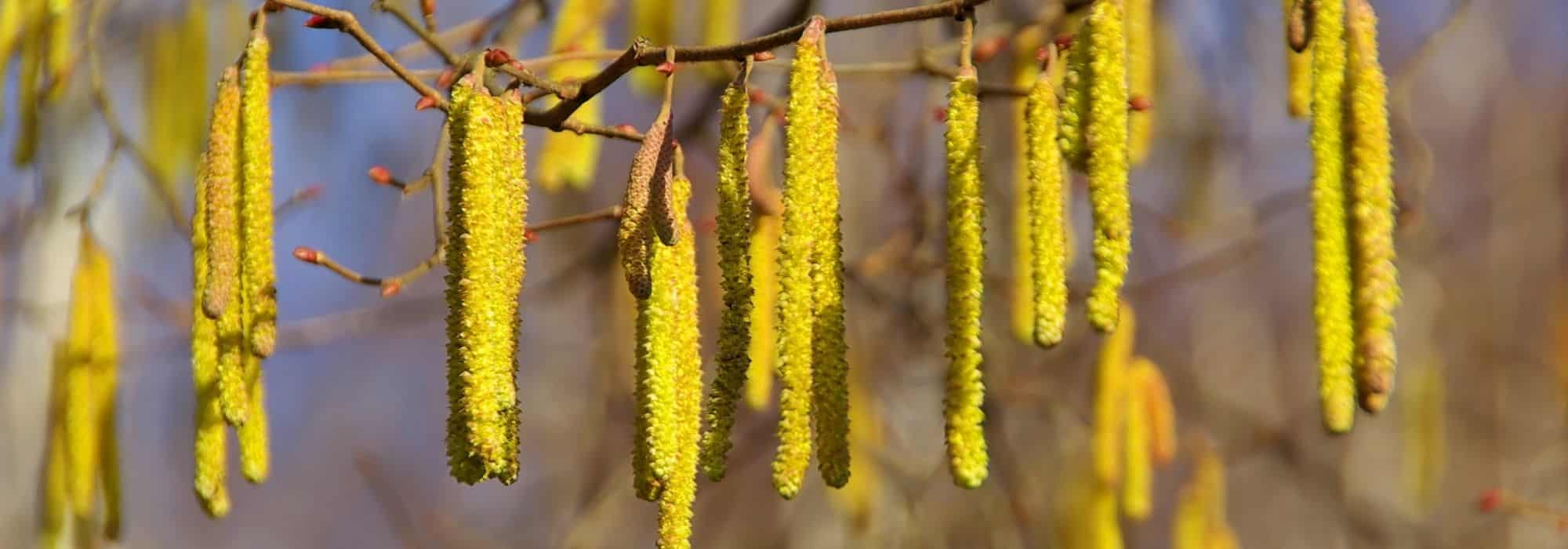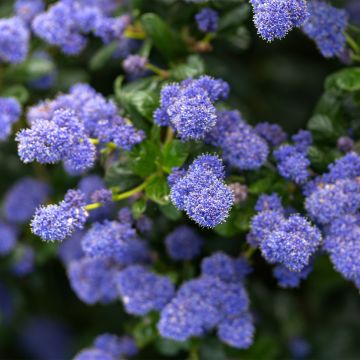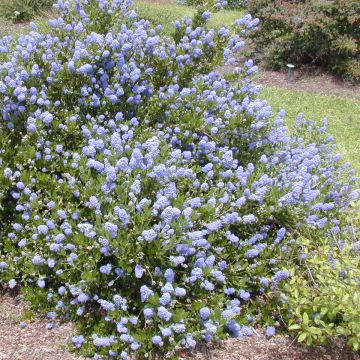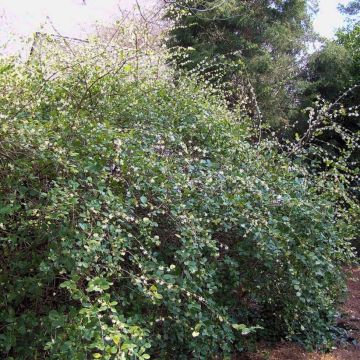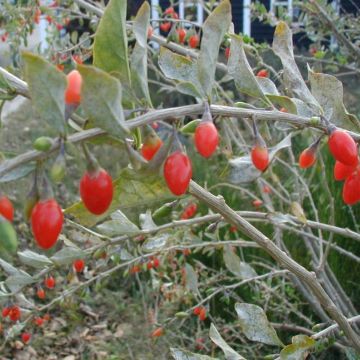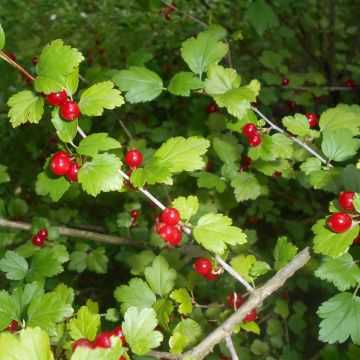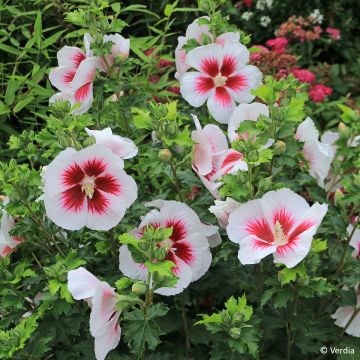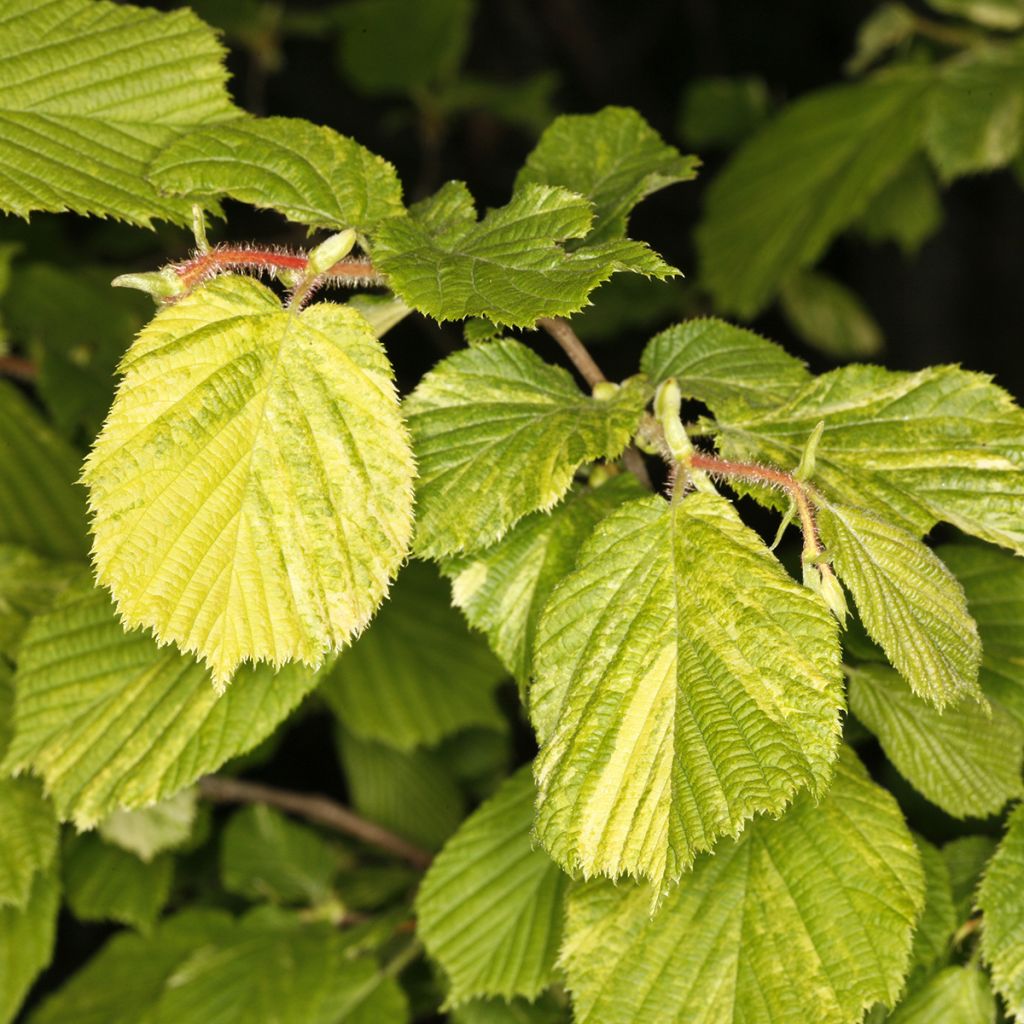

Corylus avellana Agnieszka - Common Hazel
Corylus avellana Agnieszka - Common Hazel
Corylus avellana Agnieszka
Common Hazel, European Hazel
Special offer!
Receive a €20 voucher for any order over €90 (excluding delivery costs, credit notes, and plastic-free options)!
1- Add your favorite plants to your cart.
2- Once you have reached €90, confirm your order (you can even choose the delivery date!).
3- As soon as your order is shipped, you will receive an email containing your voucher code, valid for 3 months (90 days).
Your voucher is unique and can only be used once, for any order with a minimum value of €20, excluding delivery costs.
Can be combined with other current offers, non-divisible and non-refundable.
Home or relay delivery (depending on size and destination)
Schedule delivery date,
and select date in basket
This plant carries a 24 months recovery warranty
More information
We guarantee the quality of our plants for a full growing cycle, and will replace at our expense any plant that fails to recover under normal climatic and planting conditions.
Would this plant suit my garden?
Set up your Plantfit profile →
Description
Corylus avellana 'Agnieszka' is a deciduous bush that can reach a height of 2 to 3 m (7 to 10ft). It has variegated foliage, consisting of green leaves with wide cream or yellow variegation. It is highly decorative and offers many possibilities for use in the garden. Whether planted alone, integrated into a colourful hedge, or combined with evergreen or flowering shrubs, it adds an original touch. In late summer, pendulous male flowers, which are very decorative, can be seen. However, it produces very few or no hazelnuts at all. It is best to plant it in a sheltered spot away from the harsh sun. A rarity and a must-have for lovers of variegated plants!
The Corylus avellana, more commonly known as Hazel or Filbert, belongs to the Betulaceae family, along with birch, hornbeam, and alder. It is native to temperate areas of the northern hemisphere and is found throughout most of our metropolitan territory, although it seems to be declining in the south due to global warming. It is a small monoecious fruit tree, with separate male and female inflorescences on the same individual. The genus name, Corylus, is believed to derive from the Greek word Korus, which means helmet, referring to the shape of the capsule that surrounds the hazelnut. The species name, avellana, is derived from the name of the city of Avellino, located in the heart of the mountainous region of Avellino, Italy, a region famous for its hazelnuts.
The 'Agnieszka' variety was obtained by Sławomir Skórka in the late 1990s, in Poland. It forms a rounded, bushy clump composed of numerous shoots originating from the same stump, reaching a height and spread of 2 to 3 m (7 to 10ft) at maturity. Its growth is normal. The young one-year-old twigs are hairy, rough, brown to olive green in colour, and as they age, the bark becomes smooth, brown, and mottled with whitish spots. The deciduous foliage is very dense and appears late in late April-early May. The leaves are alternate, petiolate, 6 to 10 cm (2 to 4in) long, rounded, pointed at the apex and heart-shaped at the base, toothed and slightly lobed, with rough hairs on both sides and strongly veined. At bud burst, the leaves are violet or greenish-violet, and then they turn green with irregular white or yellow spots or streaks, some entirely green. The hazel is a monoecious species, the male and female flowers are borne on the same plant, and the pollen is carried by the wind. They do not flower at the same time, which limits or even prevents internal fertilization. More efficient pollination occurs when multiple individuals are present, possibly of different varieties. It flowers very early in the year, with the male flowers, which form in the previous summer, blooming in February-March, in the form of decorative, pendulous yellow catkins, measuring 4 cm (2in) in length. The female flowers are more discreet in March-April, in the form of a bud measuring 6 to 8 mm (1in), partially concealing bright red stigmas. Hzelnuts form on one-year-old shoots which start white and then become light brown at maturity. Grouped in 1 to 4, they measure 1 to 1.5 cm (1in) in length and ripen around late August-early September. For the 'Agnieszka' variety, the fruits are very rare.
The Variegated Hazel is a robust and cold-resistant shrub variety, withstanding winter temperatures down to -26C°. Its colourful foliage and elegant silhouette make it a unique element in the landscape. It is best planted in fertile, well-drained soil, slightly acidic or alkaline, not in heavy and wet soil. It requires a semi-shaded or bright location, without direct sunlight that could burn its leaves. Not too much shade, however, as it would reduce the variegation of the leaves. Avoid stagnant water and excessive heat, which could be detrimental to it. It can adapt to small gardens and will bring refinement and elegance to your space, whether planted alone or in a mass planting, mixed with other varieties. Durable and without a tendency to degenerate, it is a pleasant option for your garden.
Plant habit
Flowering
Foliage
Safety measures
Botanical data
Corylus
avellana
Agnieszka
Betulaceae
Common Hazel, European Hazel
Cultivar or hybrid
atteinterespiratoire
Cette plante peut entraîner des symptômes allergiques.
Evitez de la planter si vous ou vos proches souffrez de rhinite saisonnière ("rhume des foins").
Davantage d'informations sur https://plantes-risque.info
Other Corylus - Hazelnuts
View all →Planting and care
Easy to grow and perfectly hardy, Corylus avellana 'Agnieszka' is well suited to most climates. It will adapt to any good garden soil that is not too dry, without excess limestone or acidity. Plant it in autumn or spring, choose a sunny but not scorching location, where the soil is deep, and keep in mind the space it will take in the long term. If necessary, provide drainage with rocks if your soil is suffocating. If your soil is poor, adding leaf compost will be beneficial. Maintain regular watering during the summer following planting and make sure to protect it from prolonged drought for another year, mulching can help retain moisture at the base and space out watering. For good fruiting, plant at least two varieties together. In late autumn, thin out the base by cutting back interfering branches. In the first 2-3 years, prune to promote a bushy habit. Afterwards, prune every 3 years to contain its growth, in March.
Planting period
Intended location
Care
Planting & care advice
This item has not been reviewed yet - be the first to leave a review about it.
Similar products
Haven't found what you were looking for?
Hardiness is the lowest winter temperature a plant can endure without suffering serious damage or even dying. However, hardiness is affected by location (a sheltered area, such as a patio), protection (winter cover) and soil type (hardiness is improved by well-drained soil).

Photo Sharing Terms & Conditions
In order to encourage gardeners to interact and share their experiences, Promesse de fleurs offers various media enabling content to be uploaded onto its Site - in particular via the ‘Photo sharing’ module.
The User agrees to refrain from:
- Posting any content that is illegal, prejudicial, insulting, racist, inciteful to hatred, revisionist, contrary to public decency, that infringes on privacy or on the privacy rights of third parties, in particular the publicity rights of persons and goods, intellectual property rights, or the right to privacy.
- Submitting content on behalf of a third party;
- Impersonate the identity of a third party and/or publish any personal information about a third party;
In general, the User undertakes to refrain from any unethical behaviour.
All Content (in particular text, comments, files, images, photos, videos, creative works, etc.), which may be subject to property or intellectual property rights, image or other private rights, shall remain the property of the User, subject to the limited rights granted by the terms of the licence granted by Promesse de fleurs as stated below. Users are at liberty to publish or not to publish such Content on the Site, notably via the ‘Photo Sharing’ facility, and accept that this Content shall be made public and freely accessible, notably on the Internet.
Users further acknowledge, undertake to have ,and guarantee that they hold all necessary rights and permissions to publish such material on the Site, in particular with regard to the legislation in force pertaining to any privacy, property, intellectual property, image, or contractual rights, or rights of any other nature. By publishing such Content on the Site, Users acknowledge accepting full liability as publishers of the Content within the meaning of the law, and grant Promesse de fleurs, free of charge, an inclusive, worldwide licence for the said Content for the entire duration of its publication, including all reproduction, representation, up/downloading, displaying, performing, transmission, and storage rights.
Users also grant permission for their name to be linked to the Content and accept that this link may not always be made available.
By engaging in posting material, Users consent to their Content becoming automatically accessible on the Internet, in particular on other sites and/or blogs and/or web pages of the Promesse de fleurs site, including in particular social pages and the Promesse de fleurs catalogue.
Users may secure the removal of entrusted content free of charge by issuing a simple request via our contact form.
The flowering period indicated on our website applies to countries and regions located in USDA zone 8 (France, the United Kingdom, Ireland, the Netherlands, etc.)
It will vary according to where you live:
- In zones 9 to 10 (Italy, Spain, Greece, etc.), flowering will occur about 2 to 4 weeks earlier.
- In zones 6 to 7 (Germany, Poland, Slovenia, and lower mountainous regions), flowering will be delayed by 2 to 3 weeks.
- In zone 5 (Central Europe, Scandinavia), blooming will be delayed by 3 to 5 weeks.
In temperate climates, pruning of spring-flowering shrubs (forsythia, spireas, etc.) should be done just after flowering.
Pruning of summer-flowering shrubs (Indian Lilac, Perovskia, etc.) can be done in winter or spring.
In cold regions as well as with frost-sensitive plants, avoid pruning too early when severe frosts may still occur.
The planting period indicated on our website applies to countries and regions located in USDA zone 8 (France, United Kingdom, Ireland, Netherlands).
It will vary according to where you live:
- In Mediterranean zones (Marseille, Madrid, Milan, etc.), autumn and winter are the best planting periods.
- In continental zones (Strasbourg, Munich, Vienna, etc.), delay planting by 2 to 3 weeks in spring and bring it forward by 2 to 4 weeks in autumn.
- In mountainous regions (the Alps, Pyrenees, Carpathians, etc.), it is best to plant in late spring (May-June) or late summer (August-September).
The harvesting period indicated on our website applies to countries and regions in USDA zone 8 (France, England, Ireland, the Netherlands).
In colder areas (Scandinavia, Poland, Austria...) fruit and vegetable harvests are likely to be delayed by 3-4 weeks.
In warmer areas (Italy, Spain, Greece, etc.), harvesting will probably take place earlier, depending on weather conditions.
The sowing periods indicated on our website apply to countries and regions within USDA Zone 8 (France, UK, Ireland, Netherlands).
In colder areas (Scandinavia, Poland, Austria...), delay any outdoor sowing by 3-4 weeks, or sow under glass.
In warmer climes (Italy, Spain, Greece, etc.), bring outdoor sowing forward by a few weeks.






























